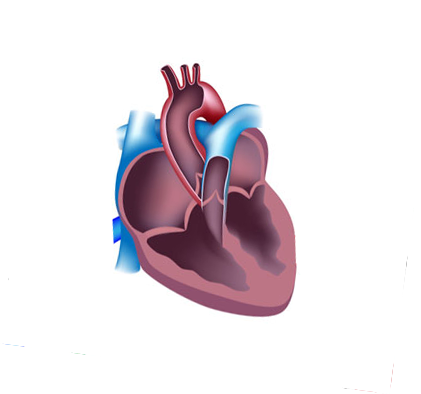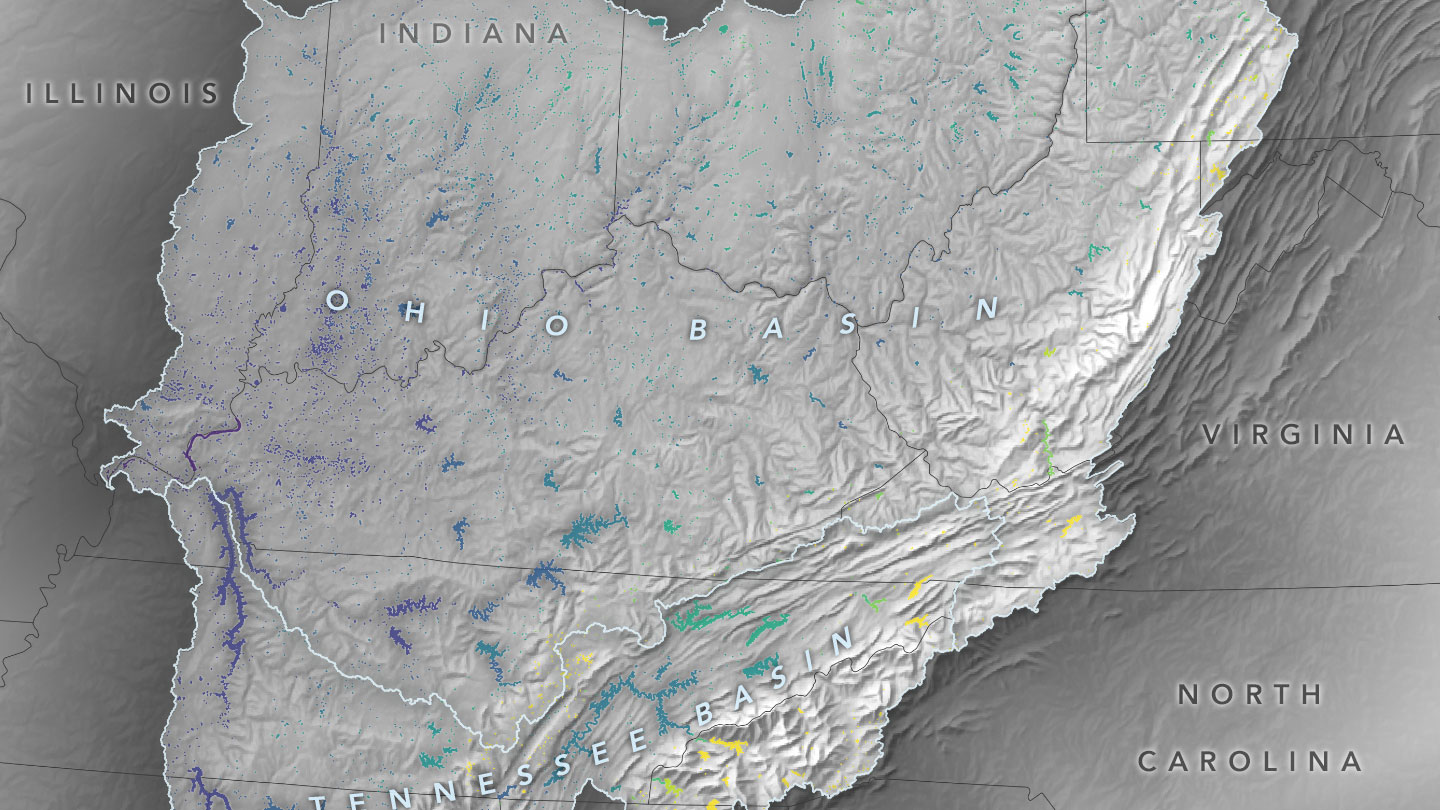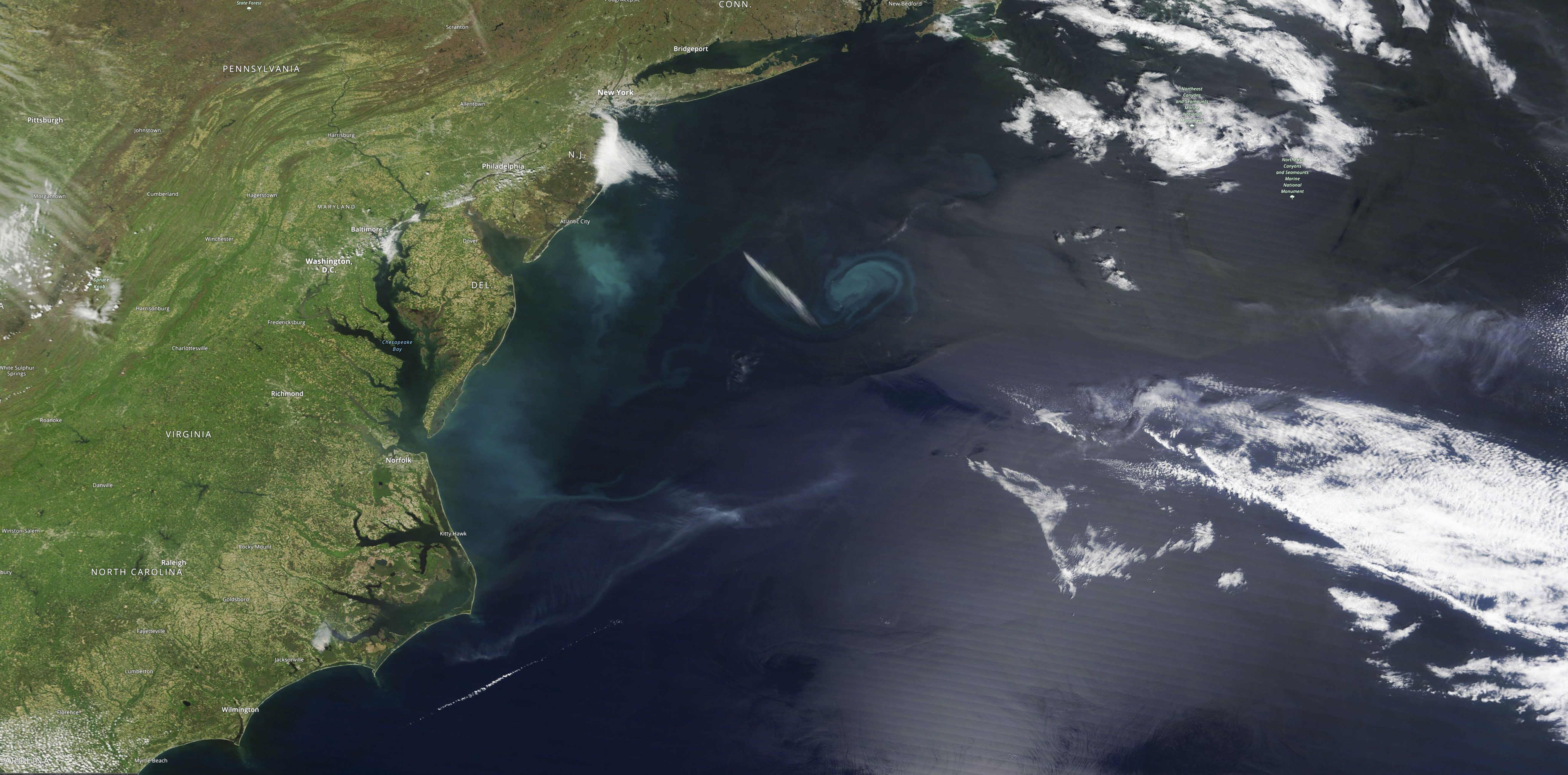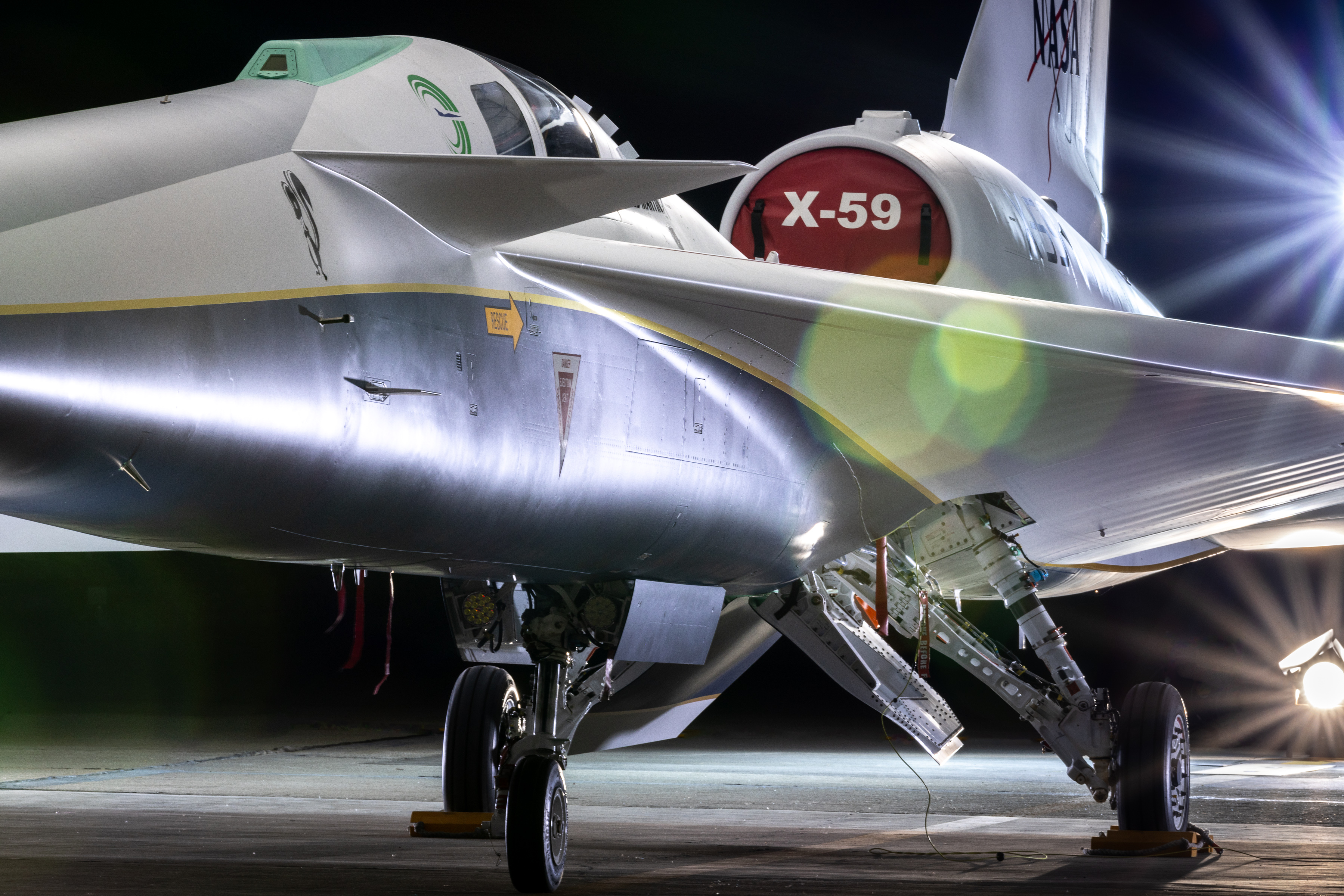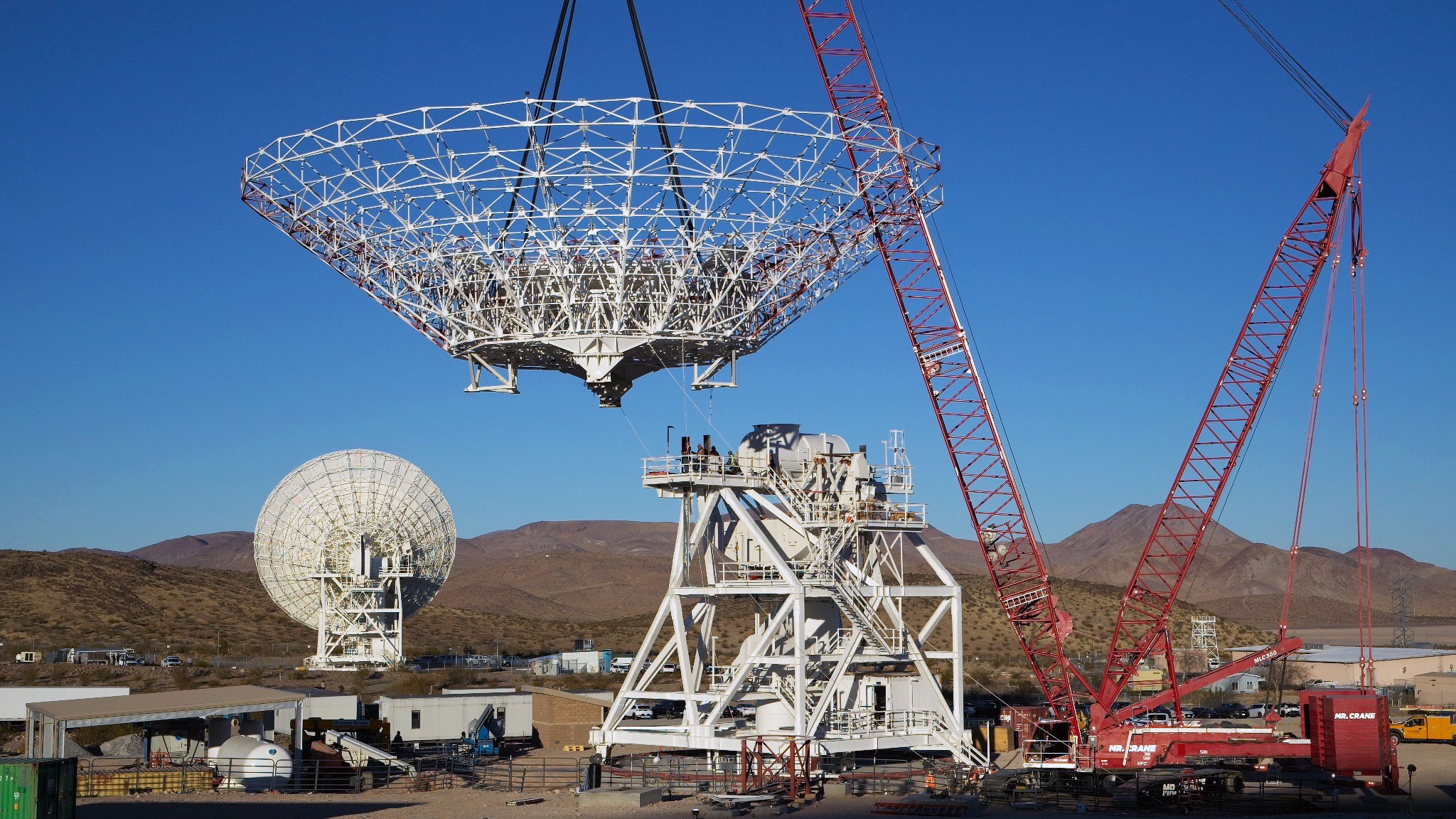2024 NASA Technology Taxonomy
What is the NASA Technology Taxonomy?
NASA engages in a variety of technology development activities to enable NASA missions by broadening knowledge of and capabilities in aeronautics, science, and space. To manage and communicate this extensive and diverse technology portfolio, NASA uses a technology taxonomy that identifies, organizes, and communicates technology areas relevant to advancing the agency’s mission.
The 2024 NASA Technology Taxonomy provides a structure for articulating the technology development disciplines needed to enable future space missions and support commercial air travel. The 2024 revision is comprised of 17 distinct technical discipline-based Taxonomies (TX) that provide a breakdown structure for each technology area. The taxonomy uses a three-level hierarchy for grouping and organizing technology types. Level 1 represents the technology area, which is the title of that area (e.g. TX01: Propulsion Systems). Level 2 is a list of the subareas (e.g. TX01.1 Chemical Space Propulsion). Level 3 categorizes the types of technologies within the subareas (e.g. TX1.1.1 Integrated Systems and Ancillary Technologies). Also included is an example technologies section that provides a non-exhaustive sample of relevant technologies.
The taxonomy is a foundational element of NASA’s technology management process. NASA’s mission directorates reference the taxonomy to solicit proposals and to inform decisions on NASA’s technology policy, prioritization, and strategic investments. These investments are tracked in TechPort, a website that serves as NASA’s integrated technology data source and decision support tool. TechPort uses the taxonomy to organize the numerous, varied technology projects that NASA supports.
History of NASA’s Technology Taxonomy
The 2024 NASA Technology Taxonomy is part of an evolution that began with technology roadmaps and the Technology Area Breakdown Structure (TABS) drafted in 2010, followed by updates in 2012 and 2015.
The effort to develop the roadmaps began in 2010 when NASA identified 14 space technology areas, including top technical challenges and relevant spaceflight missions. The final versions of the roadmaps and related TABS were released in April 2012.
The 2015 Technology Roadmaps enhanced and expanded the TABS of the 2012 Roadmaps, responding to NASA’s changing needs, advances in technology, and recommended improvements from the National Research Council and other stakeholders. NASA began the effort to update the technology roadmaps by determining how the development process, roadmap scope, and roadmap content could be improved. The 2015 roadmaps and their TABS included several improvements such as an expanded scope and greater standardization.
The 2020 revision process began in 2017 and was led by NASA’s Center Technology Council, along with the Office of the Chief Technologist and subject matter experts from across the agency with a review of the 2015 TABS. It was decided that the 2020 revision would decouple the TABS from the roadmaps and incorporate a technical discipline-based taxonomy approach to align like technologies under a technology area.
In 2024, the Office of Technology, Policy, and Strategy initiated a minor revision of the 2020 NASA Technology Taxonomy to review the technology areas and adjust the taxonomy as necessary. A more comprehensive update is planned for 2025.
What’s new in the 2024 edition?
The updated 2024 NASA Technology Taxonomy continues to support a structure that aligns technology areas based on technical disciplines. The 2024 update also includes additional technologies relevant to NASA, such as nuclear electric propulsion, additive manufacturing, and surface system technologies.
The following are highlights of the major changes in the new taxonomy structure:
- TX01: Added Rocket Based Pressure Gain Combustion, Other Advanced Propulsion Approaches to Solar Thermal Propulsion, Nuclear Electric Propulsion, Advanced Energetic Propulsion Approaches, and Drag Sails
- TX09: Added Entry Modeling and Simulation, Descent Modeling and Simulation, Landing Modeling and Simulation, EDL Guidance Algorithms, EDL Navigation Sensors and Algorithms, EDL control Systems, EDL Hazard Detection, EDL surface Maps for Navigation, and Integrated Flight Mechanics and Simulation
- TX10: Added Human-Machine Interaction and Teaming to TX10
- Modified TX10.X to “Other Autonomous Systems Technologies”
- TX11: Added Artificial Intelligence
- TX12: Added Additive Manufacturing
- TX13: Added Surface Systems Technologies, Surface Architectures Integration and Interoperability, Surface Site Preparation, Maintenance and Repair, Task and Resource Planning, Scheduling and Execution Tools, Operations, Health, and Maintenance for Surface Systems, Surface Propellant/Commodity Management, Surface Logistics, and Surface Umbilicals and Interfaces
What are the 17 Taxonomy Areas?
- TX01: Propulsion Systems
This area covers technologies for chemical and non-chemical propulsion systems or their related ancillary systems for propulsion, space launch propulsion, or in-space propulsion applications. - TX02: Flight Computing and Avionics
This area covers unique electronics and computing hardware when applied to flight systems, whether in space or atmospheric. - TX03: Aerospace Power and Energy Storage
This area covers the different components of a power system—power generation, energy storage, and power management and distribution—that require technological improvements to enable or enhance NASA missions. - TX04: Robotic Systems
This area covers technologies for robotic systems that will be leveraged as science explorers, precursor explorers preceding crewed missions, as crew helpers, as extra vehicular activity mobility aids, and as caretakers of unattended assets. - TX05: Communications, Navigation, and Orbital Debris Tracking and Characterization Systems
This area covers technologies for transferring commands, spacecraft telemetry, mission data, and voice for human exploration missions, while maintaining accurate timing and providing navigation support. Orbital debris can be tracked and characterized by some of the same systems used for spacecraft communications and navigation, as well as by other specialized systems. - TX06: Human Health, Life Support, and Habitation Systems
This area covers technologies that are specific to the human element and those that directly affect crew needs for survival and wellbeing, including the environment and interfaces that the crew encounter. - TX07: Exploration Destination Systems
This area covers the broad range of technologies associated with enabling successful activities in space, from mission operations to in-situ resource utilization. - TX08: Sensors and Instruments
This area covers technologies for instruments and sensors, including remote observation capabilities. - TX09: Entry, Descent, and Landing
This area covers entry, descent, and landing technologies needed to enable both current and future missions. - TX10: Autonomous Systems
This new area covers technologies that (in the context of robotics, spacecraft, or aircraft) enable the system to operate in a dynamic environment independent of external control. - TX11: Software, Modeling, Simulation, and Information Processing
This area covers modeling, simulation, and information technology as well as software technologies that increase NASA’s understanding and mastery of the physical world and are the basis of new solution paradigms across the breadth of NASA’s missions. - TX12: Materials, Structures, Mechanical Systems, and Manufacturing
This area covers technologies for developing new materials with improved or combined properties, structures that use materials to meet system performance requirements, and innovative manufacturing processes. - TX13: Ground, Test, and Surface Systems
This area covers technologies for preparing, assembling, validating, executing, supporting, and maintaining aeronautics and space activities and operations, on Earth and on other planetary surfaces. - TX14: Thermal Management Systems
This area covers technologies for acquiring, transporting, and rejecting heat, as well as insulating and controlling the flow of heat to maintain temperatures within specified limits. - TX15: Flight Vehicle Systems
This area covers technologies for aerosciences and flight mechanics. Aerosciences is the prediction of vehicle and component atmospheric flight performance and flow qualities to enable robust and efficient flight vehicle development, achieving performance requirements while minimizing environmental impacts. Flight mechanics provides the analysis, prediction, measurement, and test of vehicle dynamics, trajectories, and performance. - TX16: Air Traffic Management and Range Tracking Systems
This area covers safety and automation technologies that include far reaching concepts and technologies for future planning and operations and ones that safely extend the capabilities and range of uses for air transportation and commercial space integration. - TX17: Guidance, Navigation, and Control (GN&C)
This area covers the unique GN&C system technologies that enable new missions; reduce cost, schedule, mass or power while maintaining or improving GN&C performance; improve system safety and longevity; or reduce environmental impact of aerospace vehicle operations.
Taxonomy Products
2024 NASA Technology Taxonomy Poster
2024 NASA Technology Taxonomy Full Report
Archive
2020 NASA Technology Taxonomy Summary
2020 NASA Technology Taxonomy Full Report
2020 NASA Technology Taxonomy Poster
Contact
Requests for additional information should be directed to Alesyn Lowry, strategic planning and integration director, Space Technology Mission Directorate, and A.C. Charania, agency chief technologist, Office of Technology, Policy and Strategy, NASA Headquarters, hq-techport@mail.nasa.gov.


